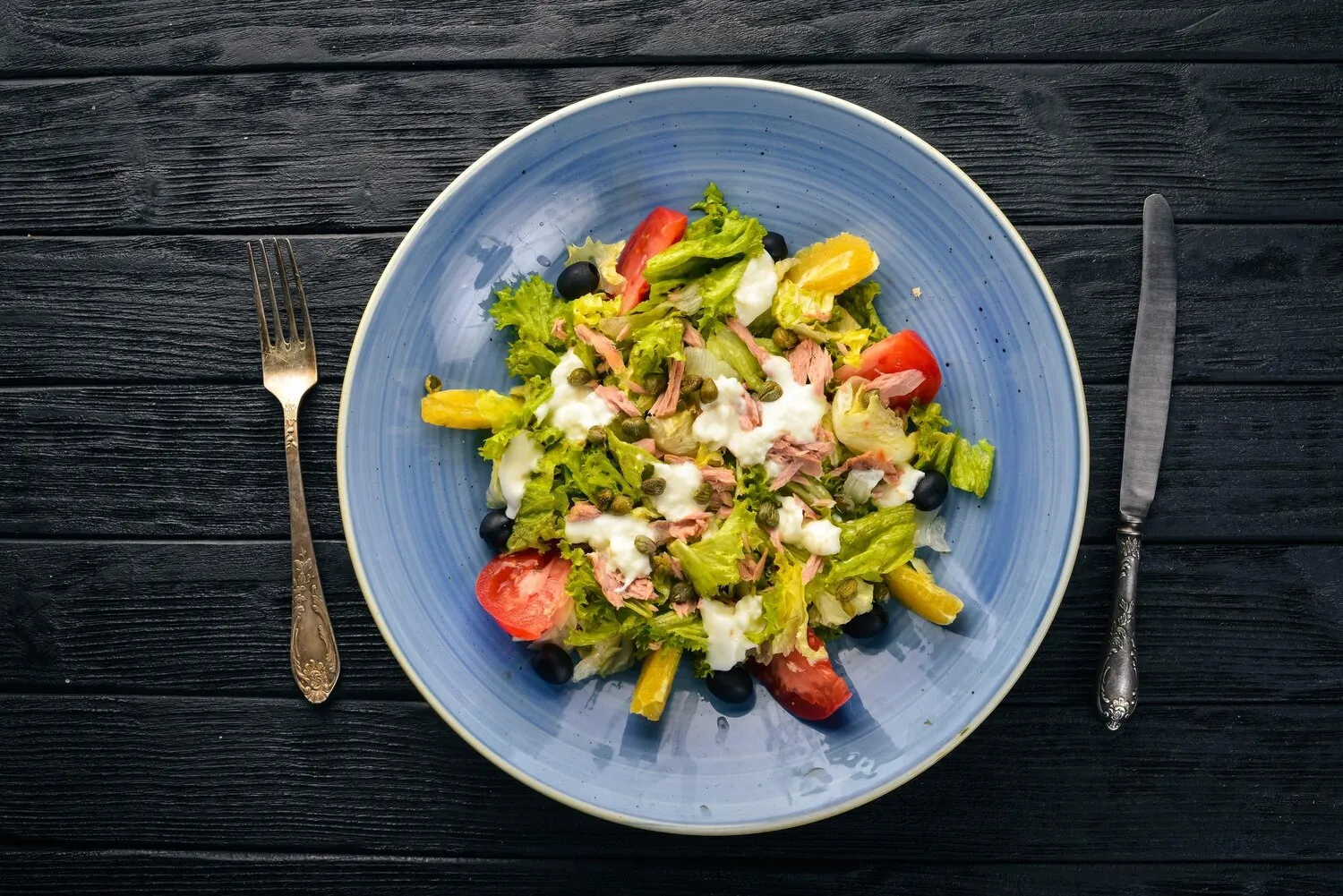
Various salads
Bollwerk Buvette offers various salads, usually seasonal, and they seem to be popular.
Nutrition Facts
* The % Daily Value (DV) tells you how much a nutrient in a serving of food contributes to a daily diet. 2,000 calories a day is used for general nutrition advice.
Bollwerk Buvette
Salads have ancient roots, evolving from simple combinations of leafy greens and herbs to diverse culinary creations across cultures. Historically, salads served as a way to utilize available seasonal ingredients and were often dressed with simple vinaigrettes or oils.
Salads are globally appreciated for their health benefits, versatility, and ability to showcase regional ingredients. They represent a light and refreshing approach to dining, often associated with wellness and seasonal eating.
Seasonality and Locality
Salads often reflect a strong connection to the local environment, featuring ingredients that are in season and readily available. This emphasizes freshness and supports local agriculture.
Health and Wellness
Salads are widely recognized as a healthy food choice, providing essential vitamins, minerals, and fiber. They contribute to a balanced diet and are often associated with weight management and overall well-being.
Culinary Creativity
Salads offer a canvas for culinary creativity, allowing chefs and home cooks to experiment with different flavors, textures, and presentations. They can be adapted to suit a wide range of dietary preferences and cultural influences.
The flavors of seasonal salads are incredibly diverse, reflecting the freshest ingredients available at any given time. Expect a balance of sweet, savory, bitter, and acidic elements, depending on the composition.
Common flavor profiles include the sweetness of ripe fruits and berries in summer salads, the earthy bitterness of root vegetables and hardy greens in fall and winter salads, and the bright herbaceousness of spring salads featuring fresh herbs and young greens. Dressings often play a crucial role, ranging from light vinaigrettes with lemon and herbs to creamy dressings with yogurt or mayonnaise. Textural contrasts are also key, with crunchy elements like nuts, seeds, or croutons complementing softer textures from fruits, vegetables, and cheeses.
Ingredient Freshness
Use the freshest, highest-quality ingredients available, especially seasonal produce. Wilted or bruised ingredients will detract from the overall experience.
Dressing Application
Dress the salad just before serving to prevent the greens from wilting and becoming soggy. Consider tossing heartier ingredients with the dressing first, then gently folding in delicate greens.
Flavor Balance
Strive for a balance of flavors and textures in your salad. Combine sweet, savory, bitter, and acidic elements, and incorporate crunchy, creamy, and soft textures for added interest.
Explore additional Salad dishes and restaurants
Explore SaladDiscover top dining spots and culinary experiences in Basel.
Explore BaselLearn more about the food culture, restaurant scene, and culinary heritage of Switzerland.
Explore Switzerland